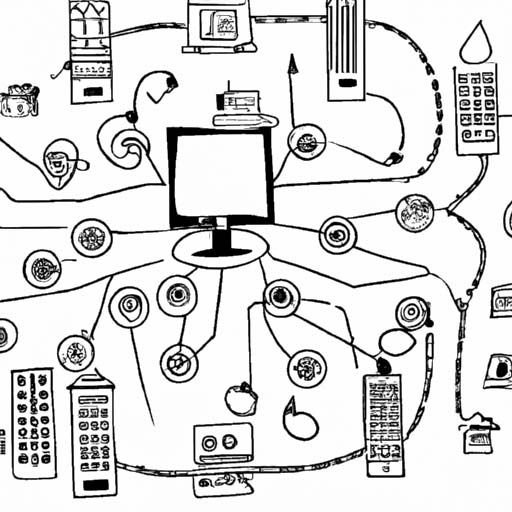In the dynamic landscape of building automation, the future promises a paradigm shift driven by technological advancements and emerging market trends. The global building automation systems market is projected to experience robust growth, fueled by escalating security concerns and a rising demand for comprehensive monitoring solutions. This article highlights several key trends that are expected to shape building automation in 2024:
- Integration and efficiency: Building automation systems are moving towards integration with conventional systems, resulting in enhanced security measures, improved communication, and reduced incident response time.
- Sustainability and energy efficiency: Building automation systems are aligned with global sustainability goals, contributing to higher energy efficiency and reduced carbon footprints.
- Next-gen sensors and IoT integration: The next generation of building automation relies heavily on advanced sensors and the Internet of Things (IoT), enabling enhanced user control and improved building performance.
- Predictive analytics for maintenance: Predictive analytics powered by AI and machine learning are becoming integral for predictive maintenance in building automation systems, minimizing downtime and optimizing system performance.
- Human-centric lighting: Human-centric lighting systems, designed to mimic natural light, not only enhance occupant well-being and productivity but also contribute to energy efficiency.
- Occupancy tracking and space optimization: Advanced sensors and IoT-enabled devices are being used for occupancy tracking, optimizing space utilization and enhancing energy efficiency.
- Cybersecurity measures: With increasing connectivity, building automation systems are implementing robust security measures to safeguard against cyber threats.
- Connected fire safety systems: Fire safety systems are experiencing a revolution with interconnected fire detectors equipped with advanced sensors and AI, allowing for targeted alerts, automated responses, and centralized control.
- Safe city initiatives: Technology such as AI and machine learning can be leveraged in smart city initiatives to optimize traffic flows,
